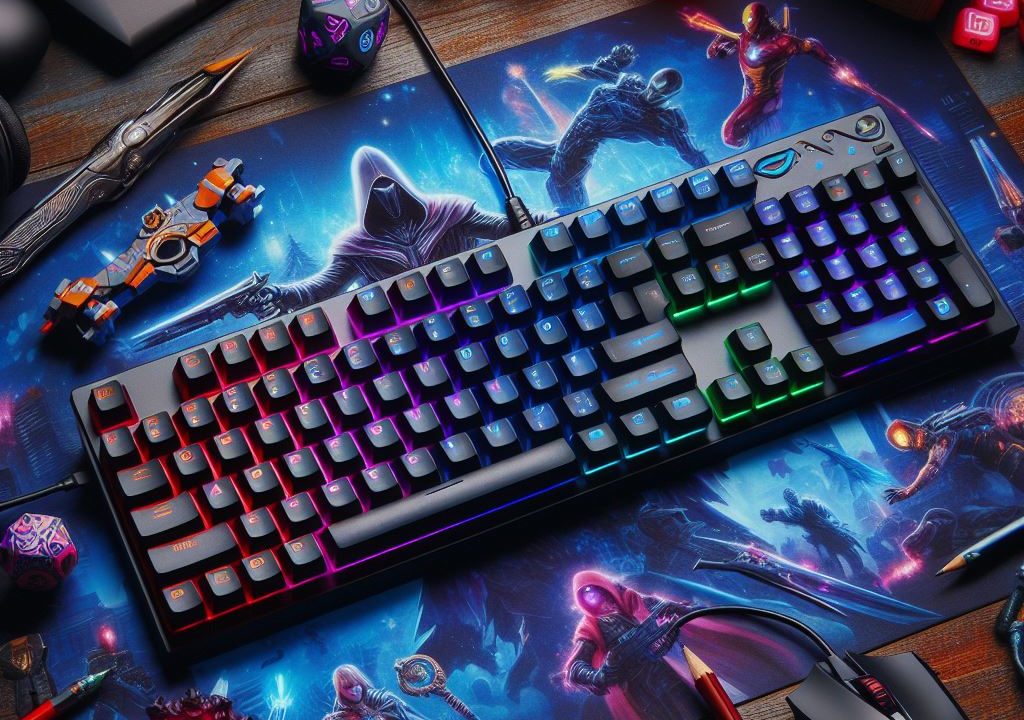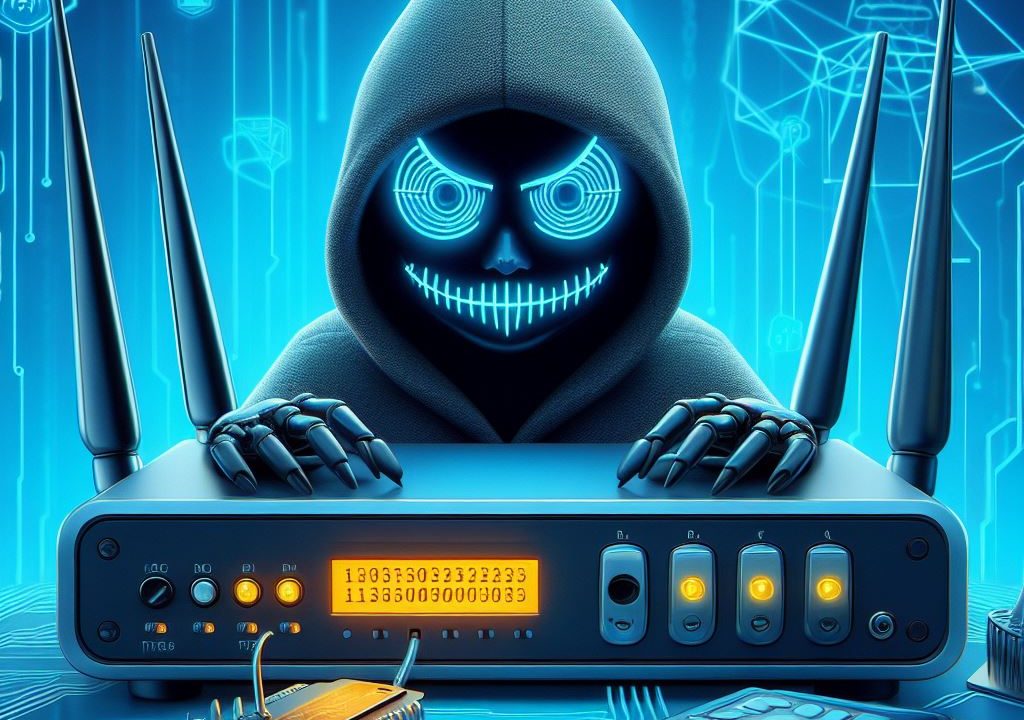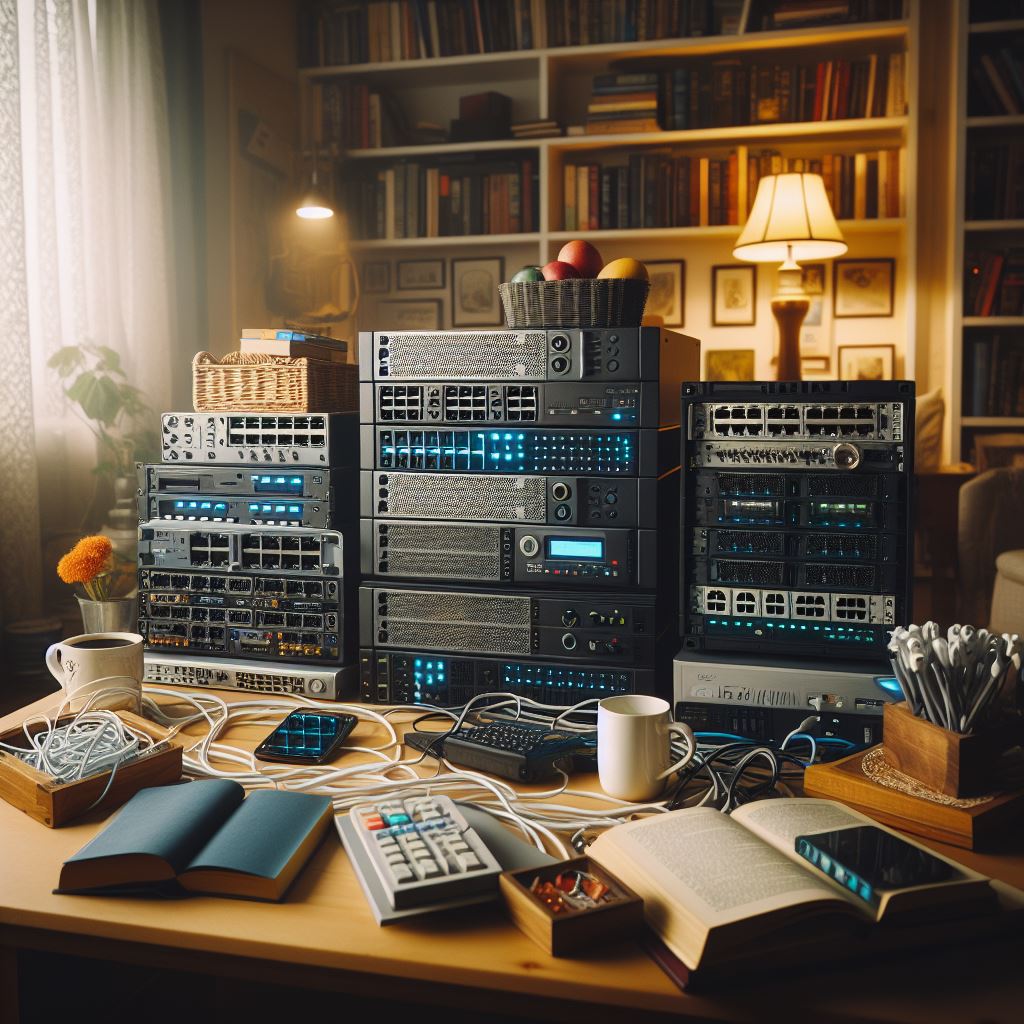Home labbing is a hobby that involves setting up and experimenting with various hardware and software systems at home. Some people do it for fun, some for learning, and some for career development. In this blog post, I will share some tips and resources on how to get started with home labbing, what are some of the benefits and challenges, and what are some of the best practices to follow.
What is home labbing?
Home labbing is the practice of creating and maintaining a personal laboratory at home, where you can test, explore, and learn about different technologies. A home lab can consist of various components, such as:
- Servers, routers, switches, firewalls, and other network devices
- Virtual machines, containers, hypervisors, and other software platforms
- Operating systems, applications, databases, and other software tools
- Sensors, cameras, smart devices, and other IoT gadgets
- Raspberry Pis, Arduinos, and other microcontrollers
The exact configuration and purpose of a home lab depends on your interests, goals, and budget. You can use your home lab to:
- Learn new skills and technologies
- Prepare for certifications and exams
- Experiment with different scenarios and configurations
- Test and troubleshoot issues and solutions
- Develop and deploy your own projects and applications
- Have fun and satisfy your curiosity
How to get started with home labbing?
There is no one right way to start home labbing, but here are some general steps that you can follow:
- Define your objectives and scope. What do you want to achieve with your home lab? What are you interested in learning or doing? How much time and money are you willing to invest?
- Research and plan your setup. What are the hardware and software requirements for your home lab? What are the best options and alternatives? How will you connect and configure your components? How will you secure and manage your home lab?
- Acquire and assemble your components. Where can you get the hardware and software that you need? How can you save money and reduce waste? How can you install and set up your components? How can you troubleshoot and fix any problems?
- Explore and experiment with your home lab. What are some of the features and functions that you can use and learn? What are some of the projects and challenges that you can try and solve? How can you document and share your findings and results?
What are the benefits and challenges of home labbing?
Home labbing can offer many benefits, such as:
- Enhancing your knowledge and skills in various technologies
- Boosting your confidence and creativity in solving problems
- Improving your career prospects and opportunities
- Having fun and enjoying your hobby
However, home labbing can also pose some challenges, such as:
- Costing money and space for buying and storing components
- Consuming time and energy for setting up and maintaining components
- Generating noise and heat from running components
- Creating security and privacy risks from exposing components
What are the best practices for home labbing?
To make the most out of your home labbing experience, here are some best practices that you can follow:
- Start small and simple. Don’t try to build a complex and expensive home lab right away. Begin with a few basic and affordable components that you can easily use and learn. You can always expand and upgrade your home lab later.
- Use virtualization and automation. Virtualization allows you to run multiple systems and applications on a single physical device, saving you money and space. Automation allows you to perform tasks and processes faster and easier, saving you time and energy.
- Be resourceful and creative. You don’t have to buy everything new and shiny for your home lab. You can reuse and repurpose your old and unused devices and components. You can also look for deals and discounts on online and offline markets. You can also build and customize your own components with open source hardware and software.
- Be safe and responsible. Make sure that your home lab is properly secured and protected from unauthorized access and malicious attacks. Use strong passwords, encryption, firewalls, and antivirus software. Backup your data and configurations regularly. Dispose of your components safely and ethically. Respect the laws and regulations of your country and region.
- Be curious and adventurous. Don’t be afraid to try new things and make mistakes with your home lab. Experiment with different settings and scenarios. Learn from your failures and successes. Challenge yourself and have fun.
Conclusion
Home labbing is a great way to learn and enjoy various technologies at home. It can help you improve your skills, advance your career, and have fun. However, it can also be costly, time-consuming, and risky. Therefore, you should plan and prepare your home lab carefully, follow the best practices, and be safe and responsible. I hope this blog post has given you some useful information and inspiration on how to start and succeed with home labbing. Happy home labbing!






